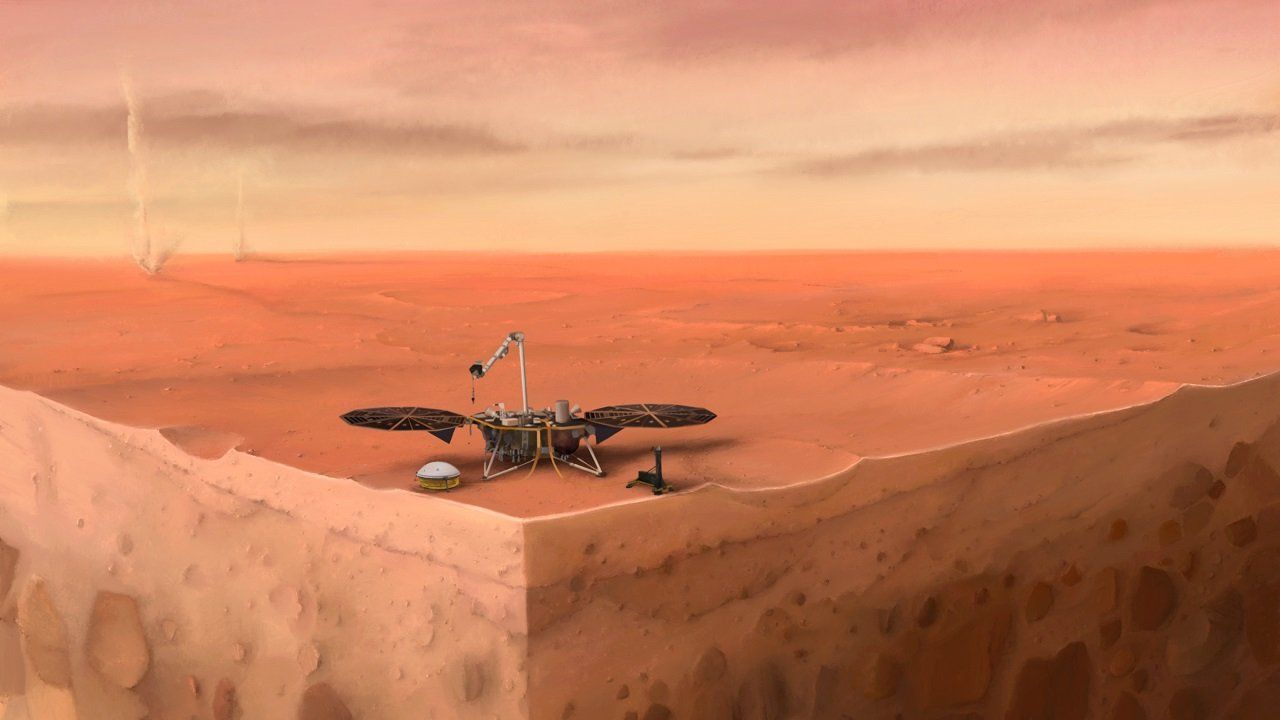Mars digger says farewell after clumpy sand kills mission
After two years of unsuccessfully attempting to dig into Mars' surface, one cute little probe tells us its story of failure.

Digger heat probe log, star date 47634.44.
After two years pursuing my goal to dig 3 metres into the surface of Mars to observe the temperature readings, my mission has been labelled unsuccessful.
Back on Earth, my team of scientists, located in Germany, has been giving their all over the past two years to try to realise our dreams. Unfortunately, we’ve only ever come up short.
This Martian soil has proven to be very different to what we previously analyzed. The dirt in this area has been clumpy and my design is quite simply, and sadly, incompatible for this project.
Over the past weekend we all made one more push with 500 strokes attempting to get to the required depth. Unfortunately, rather than the 3 metre depth needed, we have only managed about half a metre.
Needless to say, we’ve called it quits. Tilman Spohn, the lead scientist for this experiment back on Earth at the German Space Agency kindly admitted defeat, saying "We've given it everything we've got, but Mars and our heroic mole remain incompatible."
That’s me. I’m the heroic mole.
And while this marks the end for me, at least I know my work was not a total failure.
My scientists now have a greater understanding of the composition of the soil on Mars, and so my ancestors will surely have a better shot at realising my dreams.
Plus, I’m merely a 40-centimetre pile-driving piece of NASA’s InSight lander, the rest of which will continue to do good work here on the Martian surface. Especially with its recent extension to keep the scientific discovery mission alive for another two-years.
So far InSight has already recorded around 500 quakes on Mars using its French seismometer. The weather station is also providing daily updates on the temperature readings which can range from a toasty -8 C to a brisk -49C.
And that’s not all. The Curiosity rover continues to navigate the surface learning as much as it can since 2012 and NASA’s new rover Perseverance should join them on Mars on Feb 18.
Scientists are making new discoveries about other planets too, such as the potential for life on Venus.
I can only wish my robot comrades luck, as they continue to work with human scientists back on Earth to boldly go where no bots have gone before.
Byteside Newsletter
Join the newsletter to receive the latest updates in your inbox.
